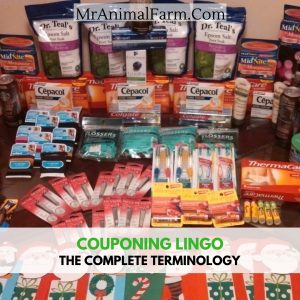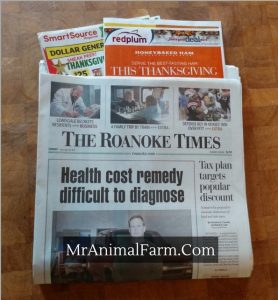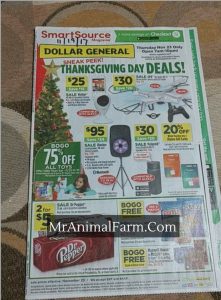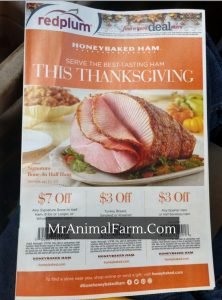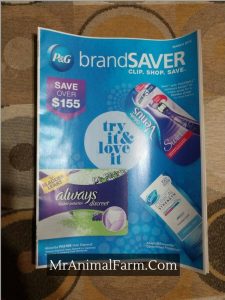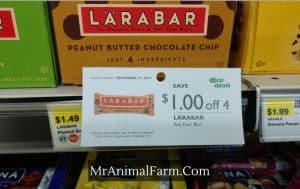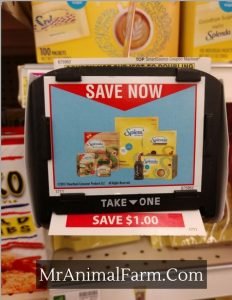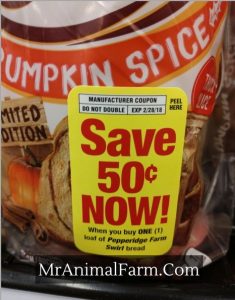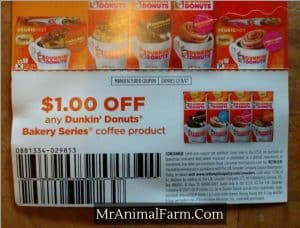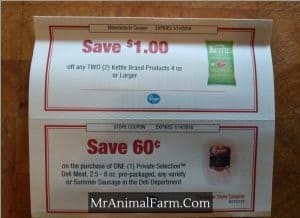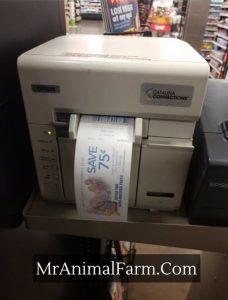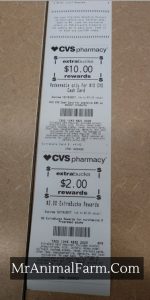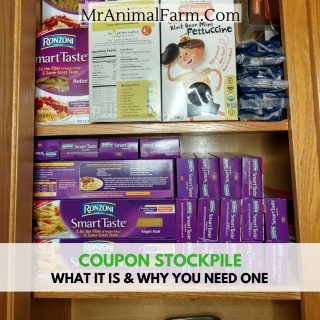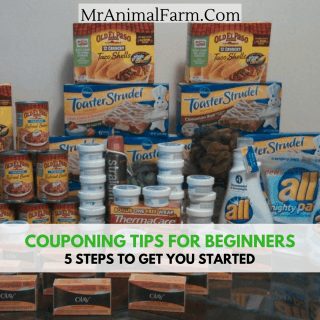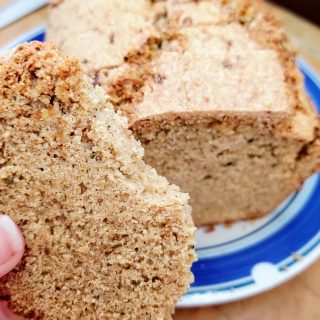Couponing is a fantastic way to save money. However, learning how to start couponing can be a little overwhelming. I like to think I am a pretty quick learner most of the time, but I will readily admit, when I started couponing looking at all of the coupon terminology was WAY over my head.
Let's be honest, it is kind of like reading and learning a foreign language.
I mean, c'mon - SS, RP, MQ, BOGO - coupon terminology reads like some secret code of abbreviations that you need a super secret decoder ring to understand.
But never fear, I have your decoder ring right here! (Ok, maybe I just want to talk like a superhero 🙂 ) But, I do have a complete list of couponing terms that you will need to know in order to learn how to start couponing. Using a glossary type list of coupon terms will allow you to get familiar with what all the abbreviations mean in a simple way.
With that, here is your Complete List of Coupon Terminology:
The first area of couponing terms we should review are those that refer to the sources for coupons:
1) Coupon Insert
These are booklet's of coupons that come in the newspaper, typically on Sunday.
2) SS - SmartSource
This is a coupon insert you can find in Sunday Newspapers.
3) RP - Red Plum
This is another coupon insert you can find in newspapers.
4) PG or P&G - Proctor and Gamble
A coupon insert found in newspapers once a month.
5) Tearpad
This is a pad of coupons that you can find next to a product in the store.
6) Blinkie
These are little coupon dispensers (that usually have a little blinking light) which are placed by products in the store.
OK, now that you know some of the coupon lingo for where to get coupons, let's talk about all of the different terms for the different types of coupons:
1) RR - Register Rewards
These are paper coupons that you get at Walgreens as part of their loyalty rewards program.
2) Peelie
These are coupons found on an actual product which can peel off to use.
3) MQ - Manufacturer Coupon
A coupon made by the maker of the product.
4) Store Coupon
A coupon made by a specific store for use at that store.
5) eCoupon
A coupon that is online. Typically you login to an app or site with your loyalty card for a specific store and can load these eCoupons to your card for a later use.
6) Catalina
A coupon that generates at the register when you check out. Sometimes they are part of an advertised promotion and sometimes they are based on a customers purchasing behavior.
7) Rebate and MIR (Mail in Rebate)
A rebate, which is typically filled out and mailed in is a form that you return with proof of a purchase to get a certain amount of money back.
8) Raincheck
These are written by stores if they are running a sale and have no more of the product on sale. It allows you to come back once the item is back in stock (and may no longer be on sale) to purchase the product for the sale price.
9) ECB or Extra Buck's
These are similar to Walgreen's Register Rewards. They are coupons for a certain amount of money off your next purchase at CVS. They print on the bottom of your receipt in conjunction with their loyalty shoppers card.
We are almost through! You now know the coupon terminology for where to find coupons and all of the different types of coupons.
Let's review the couponing lingo for the process of couponing:
1) Stockpile
A stockpile is basically your collection of the necessities you have purchased in volume during their rock bottom prices. For example: I currently have 20 8 pks of paper towels in my stockpile. By stocking up on a product when it is at rock bottom price, it ensures you have enough to get through until the next time you can grab it on a super deal.
2) Rolling Transactions
Many people do multiple transactions to get the most out of their coupons and store rewards. Rolling transactions is the act of organizing your transactions so that you can use the rewards from a previous transaction to pay for the next one. This results in the most possible rewards and the least possible amount out of pocket.
3) Stacking
Stacking is when you use more than one coupon for a single product. While you cannot stack manufacturer coupons, you can sometimes stack a store coupon with a manufacturer coupon.
4) Double Coupons
Some stores offer double coupons. This means that a .50 cent coupon can double to be $1 off!
Whew! Ok, we have covered a complete list of coupon terminology next step is to get you prepared for planning your first successful couponing trip!
For more Frugal Finance, Check These Out:
[pt_view id="090b3efp9u"]

